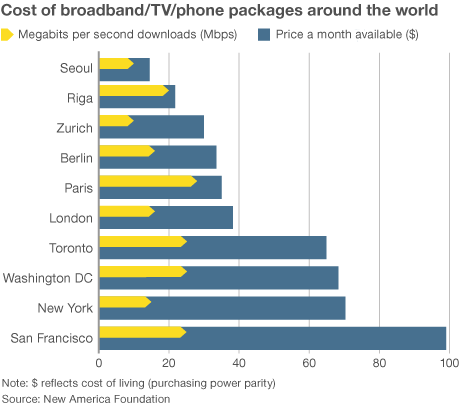The Price America Pays for Global Leadership
Post on: 8 Июль, 2015 No Comment

by Bob Veres
America’s political debates inevitably default to finding ways to contain our federal deficits, and our investment debates focus on whether we’re facing a secular bear or bull market and how to maneuver within that environment. I had never imagined that these two debates could be related until I heard a presentation by Bill O’Grady, of Confluence Investment Management in St. Louis, MO at the Insider’s Forum conference in Dallas.
Not only did O’Grady connect two very different discussions under a single umbrella economic framework; he made a persuasive case that persistent deficits are the price America pays for functioning as the global economic and military superpower.
Are you willing to accept an unfair advantage as you build your business?
Bob Veres’s Inside Information service takes you right to the cutting edge of new ideas, business-building insights, investment paradigms and marketing strategies as they arise from leading thinkers around the profession.
The service has been described as an unfair advantage by subscribers who are now among the most successful advisors in the business.
Knowledge is power. Try a year of Inside Information. with a money-back guarantee: www.bobveres.com. and give yourself the unfair advantage that you deserve in your professional career.
Best,
Bob Veres
Inside Information
America is now standing in the breach of preventing a global financial meltdown, according to OGrady. He laid out the stark choices our policymakers face. But, first, lets look at the economic framework he used to develop his thesis.
Navigating the bears

O’Grady is not your typical investment manager. He has a Master’s degree in economics, but his undergraduate work at St. Louis University was in history, and his partner (and co-author of the presentation), Mark Keller, has an undergraduate degree in archeology. O’Grady also has an unusually broad investment perspective, having served as chief investment strategist for Wachovia Securities, also managing its Global Macro Asset Allocation program. Before that, he served the chief global investment strategist and assistant director of market analysis at A. G. Edwards.
The goal of his presentation was to provide not just an investment overview, but a big picture assessment of the forces that are driving the global investment markets, and some of the how and why. As an aside, he said that communicating the big picture may be the best way to alleviate a growing anxiety among advisor clients. One of the things that has continually come up when we talk with advisors, O’Grady told the audience, is that their clients are unsettled. They cannot get their arms around what they’re afraid of, but they are afraid.
O’Grady started by showing a chart of the movements of U.S. large-cap stocks going back to 1870, using data provided by Haver Analytics and Robert Shiller.
He then drew a box around five secular bear markets. The areas outside the boxes provided average gains of 12% a year. Inside the secular bear boxes, gains averaged 2% a year, with roughly the same number of up years as down years. Later, the audience was shown a graph of the annual returns during bear markets, and they lined up surprisingly well into a bell curve.
The point? It is very important to know what kind of market you’re in if you’re going to be investing in stocks, O’Grady told the audience. In secular bull markets, you buy and hold, and indexing works great. You buy every dip and focus on growth. In secular bears, you have to rebalance frequently, you definitely need fixed income in your portfolio to act as a buffer, and you want to focus on value and dividends.














